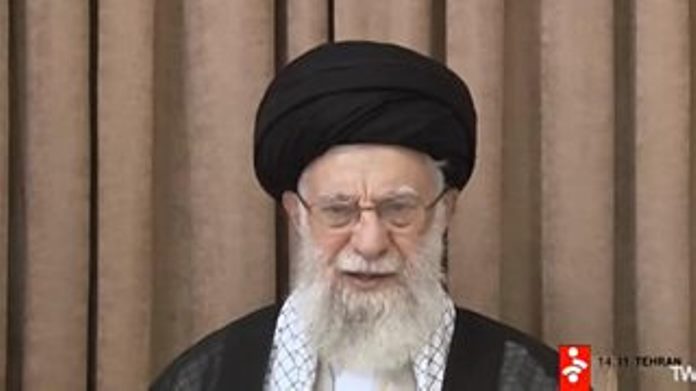Donald Trump’s bold declaration of imposing new tariffs on US imports as America’s “liberation day” has set the stage for a tumultuous week ahead. The repercussions of this decision have quickly reverberated through the stock market, signaling a clash with economic and political realities.
America’s trading partners, including Canada, the European Union, and China, have shown no signs of backing down from the impending trade dispute.
Concurrently, the president’s broader agenda, spanning foreign policy, immigration, and electoral endeavors, has encountered significant obstacles in recent days.
Amidst the escalating tensions, the White House appears to be bracing itself for the challenges ahead. The atmosphere within the presidential quarters reflects a sense of anticipation, with preparations underway for potential demonstrations and heightened security measures.
Against this backdrop, President Donald Trump remains resolute in his belief that his economic vision, centered on revitalizing American manufacturing and safeguarding domestic jobs, will withstand the current turbulence.
Beyond the realm of trade, the administration’s foreign policy initiatives, particularly in Gaza and Ukraine, face complexities and setbacks that impede progress towards sustainable peace.
Recent developments, such as Israel’s military actions in Gaza and Russia’s strategic maneuvers in Ukraine, underscore the intricate web of geopolitical dynamics at play.
Despite diplomatic efforts, achieving consensus and lasting resolutions in these conflict zones remains elusive.
Legal hurdles and political realities
Furthermore, legal challenges have emerged as a significant hurdle for Trump’s immigration enforcement policies, leading to uncertainties and setbacks in their implementation.
Court proceedings questioning deportation practices and asylum policies highlight the ongoing friction between executive actions and judicial oversight.
Concurrently, electoral outcomes in key states like Wisconsin and Florida hint at shifting political landscapes, with Democrats making notable gains in traditionally conservative territories.
As dissent simmers within Republican ranks over the implications of Trump’s tariff strategies and governance approach, fissures in party unity begin to surface.
Concerns regarding potential job losses and retaliatory measures from other nations have prompted some GOP members to question the administration’s trade policies.
While most Republicans align with the president’s stance, a few voices advocating for congressional oversight on tariff decisions hint at a growing internal discord.
The convergence of economic uncertainties, legal battles, electoral dynamics, and internal party tensions underscores the volatile terrain that the Trump administration navigates.
While the president exudes confidence in his vision and resilience in the face of challenges, the unfolding realities pose significant tests to the sustainability of his policy agenda.
As the political climate evolves and public sentiments fluctuate, the future trajectory of Donald Trump’s initiatives hangs in the balance, subject to the unpredictable winds of change.
Check also;
This is not a Paywall, but Newslex Point's journalism consumes a lot of time, hard-work and money. That's why we're kindly requesting you to support us in anyway they can, for as little as $1 or more, you can support us .Please use the button below to contribute to Newslex Point, Inc. using a credit card or via PayPal.

 Newslex Point News in Uganda, Uganda news
Newslex Point News in Uganda, Uganda news











